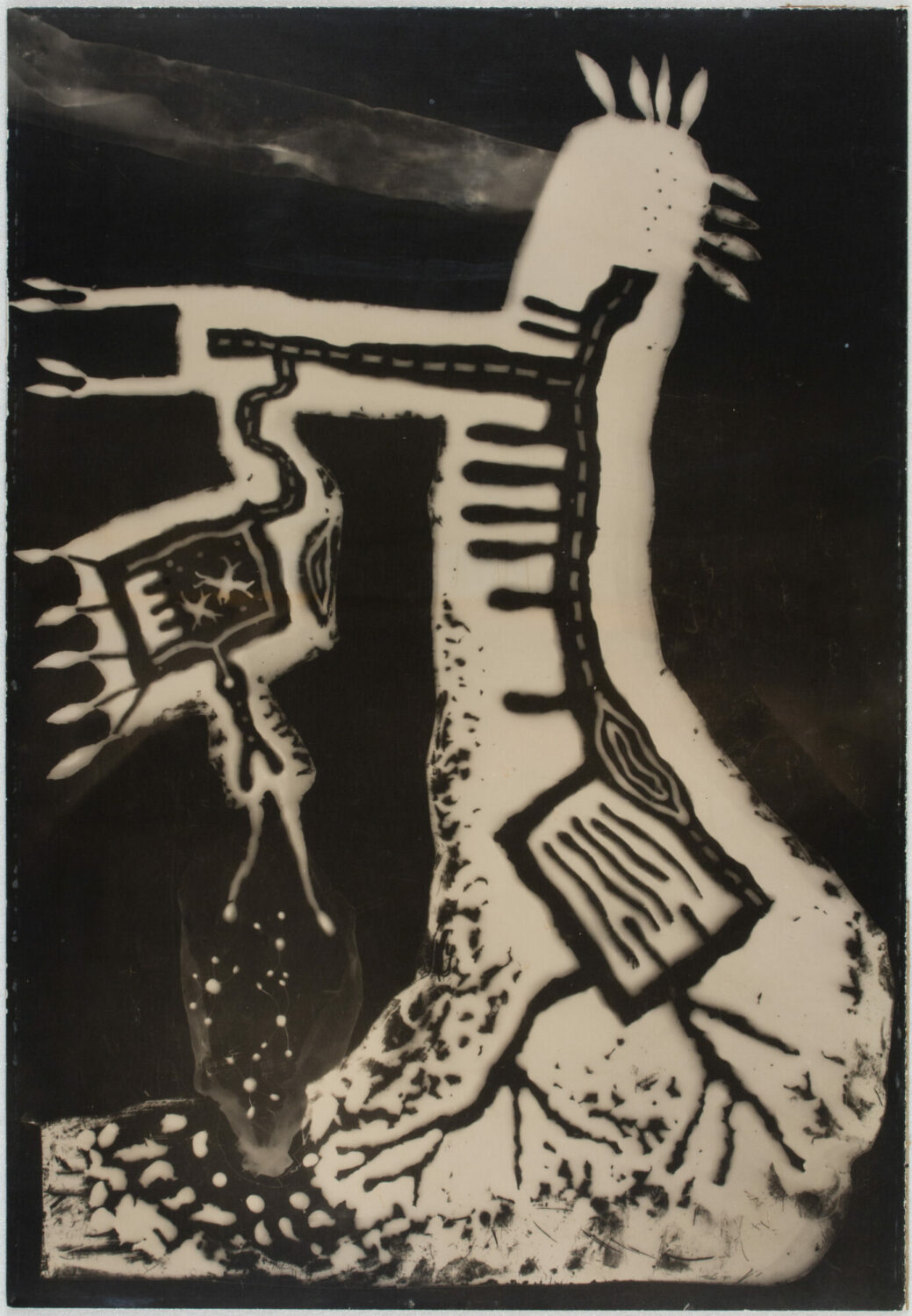
Join Victoria University Art Historian Raymond Spiteri as he discusses the development of the film practice of Len Lye, and its proximity to surrealism. While surrealism does provide one reference point for the development of his practice, Lye did not identify closely with the movement. Instead, he drew on broader currents of modernist primitivism, the interest in Freud’s writings, and the effects of mechanization in his practice, to produce an amalgam that echoed surrealist practice while maintaining a modicum of distance.
In this context Lye’s direct film practice demonstrates an understanding of automatism that differed from that of surrealism associated with André Breton; in place of psychic automatism, Lye substituted a kinetic and somatic automatism that he associated with the primordial states he saw manifested in prehistoric rock art, indigenous art, dance and ritual, and contemporary jazz music, and which he sought to embody in his direct film practice.
Combining automation with animation, Lye uses stencils and other tools to automate the process of mark-making in individual film-frames that would produce movement as “unpremeditated being” and “pure colour sensation”, revealing less the direct influence of surrealism, than the diffusion and coincidence of surrealism with aspects of modernist practice during the interwar years.
Raymond Spiteri teaches art history at Te Herenga Waka–Victoria University of Wellington. His research and publications focus on the interface of culture and politics in the history of surrealism. He has published numerous essays on aspects of surrealism and the surrealist movement. This talk is based on his contribution to a collection of essays on surrealism and animation, and it is part of a broader interest in the reception of surrealism in the Antipodes.
Image credit: Len Lye, Self-Planting Tree at Night (1930), black and white photograph. Courtesy of the Len Lye Foundation Collection.